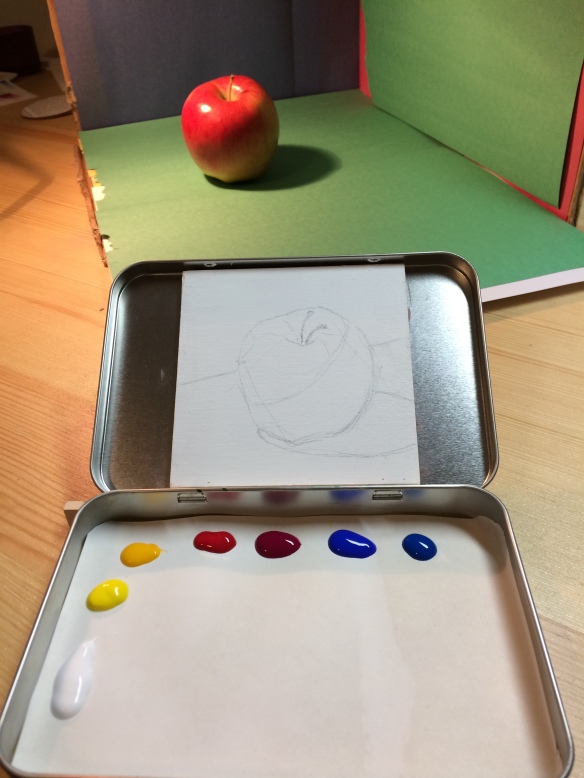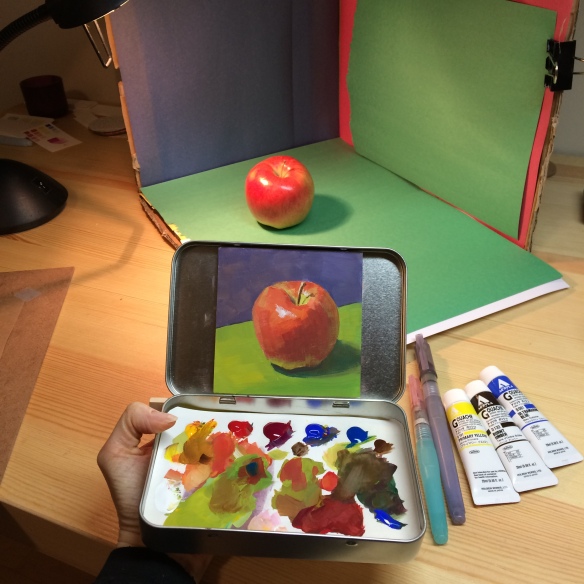
Chimp Skull
In December I signed up for the Vitruvian Studio online Drawing Fundamentals course. I started in earnest, but then life happened. Now that it is March, my schedule has cleared a bit and I will try again, starting over at the beginning.
To be honest, it is not a very exciting course. It is akin to a musician practicing scales, or an athlete repeating a simple drill. Yet having a deep, intuitive command of the fundamentals are what make guitar solos and breathtaking gymnastic feats possible. I am trying to just be zen about it and embrace the simplicity. It is not easy but it is a good practice that can benefit many areas of life!
Vitruvian starts at the beginning, with the premise that if you cannot draw a line to match the angle of another line, how will you be able to draw a portrait?
Step 1: Learning to sharpen a pencil.
As a first step, I learned how to sharpen my pencil. Sounds crazy, right? The Vitruvian course does not actually require or even suggest this but others do (for example Watts Atelier and Sadie Valeri Atelier). Using a razor, you whittle away the wood exposing a long bit of lead, then sand the lead into a needle-like point. Like this:

Why?
This seems to have a few purposes. First, it encourages a light touch, otherwise you’ll break the tip. Second, this exposes a long flat expanse of lead so you can draw fat strokes for shading. Finally, once started, you don’t need to sharpen again for quite a while – your pencil sharpens itself as you draw.
I’ve broken some pencils so far! But I hear this is normal, and the whittling can be relaxing, and a good lesson in patience. Actually, all of this stuff is a big lesson in patience.
Step 2: Assessing angles.
Here, I have many pages like the top page in the photo below – with 4 lines at various angles. Vitruvian teaches us to assess the tilt of a line by using a “clock” metaphor. You ask yourself – is that line tilted at 2 or 3 or 4 minutes past the hour?
Each minute represents a shift of 6 degrees (so 1 minute past is 6 degrees, 2 minutes past is 12 degrees, and so on). Of course your angle may be 4 or 10 degrees, but the clock metaphor gives a useful starting point. Each of the lines below matches a particular minute on a clock face.

So first, I look at each of the four lines on the top sheet and ask myself “how many minutes before or past the hour is that?” and then compare the line to the bottom page. I mark whether or not I got it right, and write the answer next to the line.
Step 3: Learning to hold the pencil.
Another thing that sounds crazy – didn’t we learn this in grade school? Apparently not. In order to draw smooth, straight lines, you need to be able to draw from your shoulder – you hold your hand in one position and move your entire arm to draw a line. So you hold the pencil in an underhand grip, and brace your pinky knuckle against the page, like this:

It took me a couple of weeks to get used to this and it felt really awkward at first, but I am much more comfortable with it now. The chimp skull at the top was drawn almost entirely using this grip. This not only encourages a light touch, it also prepares you to hold and use a paintbrush.
Step 4: Line Matching.
Finally, you try to draw long, fluid strokes that match the angle of each line, drawing from your shoulder. You continue until your paper is filled with lines, like this:

The emphasis is on repetition, so I have about 25 sheets like this to do before I move on to the next step.
Sophie






